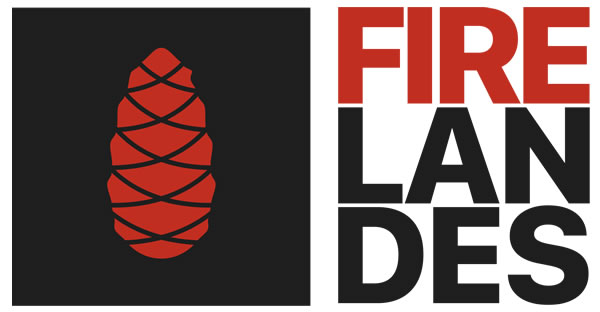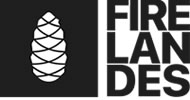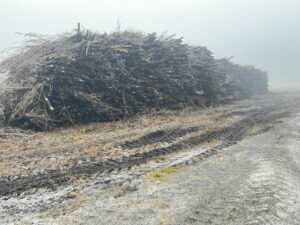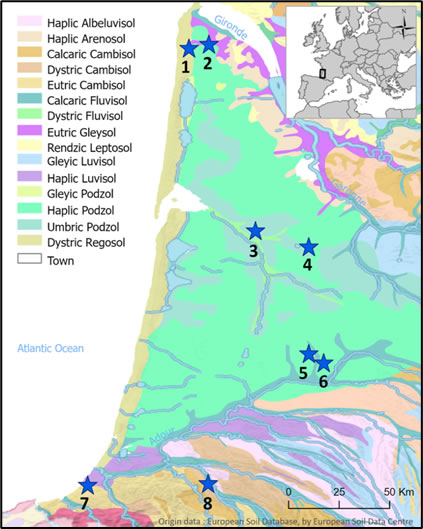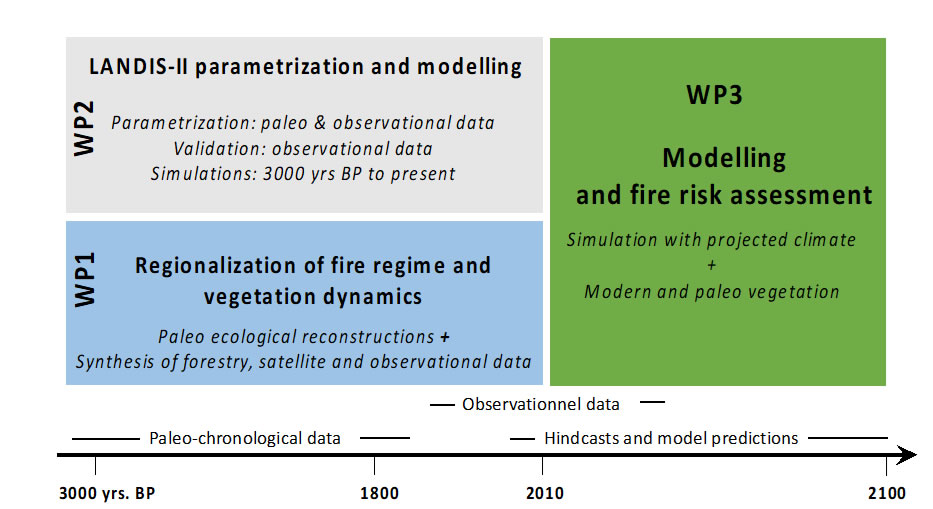Landscape flammability in Landes de Gascogne area
Using paleo-FIRE data to improve our understanding of future landscape flammability in LANDES de Gascogne area: a data-model integration approach.
The global climate is rapidly warming, increasing the likelihood that most terrestrial ecosystems will face new patterns of precipitation and temperature and increasing frequency and severity of extreme weather events. Higher atmospheric water demand from increasing temperature will increase ecosystem flammability, a process that will be exacerbated during increasingly extreme drought events. Initially, the effects of ongoing climate change on wildfire (burned area and ecosystem flammability) were limited to arid locations. However, the fire season of summer 2022 in Southwestern France has demonstrated that areas previously thought to have little chance of burning, such as the Landes de Gascogne area (hereafter LGA), are becoming increasingly flammable, suggesting nonlinear responses to climate change in forest ecosystems. Our understanding of wildfire behaviour (e.g., spread & extent) and its effects has been developed under the narrow, modern-day, range of environmental conditions, creating substantial uncertainty in our forecasts of how climate change will alter wildfire. A more comprehensive understanding of the relationship between area burned and atmospheric warming is required to improve our ability to forecast how climate and wildfire will interact to shape ecosystems and impact society.
The main objective of FIRE-LANDES project is to improve our ability to project future climate-wildfire interactions in the LGA by leveraging paleo-data and modelling to improve our understanding of how a wider range of past climatic changes altered ecosystem flammability.
LGA
Historically, the LGA also consisted of low-lying wetlands and wet meadows which are now scarce due to intensive maritime pine plantations. These landscape changes have reduced the locations available to sample for palaeoecological investigations. However, we have identified several lake/wetland sites that are distributed throughout the entire region and will allow us to reconstruct the fire and vegetation dynamics over at least the past 3000 years with a suitable temporal resolution (< 100 years/cm). Some of these have already been cored and analysed for pollen at coarse resolution (Fig. 1; Reille, 1993; Diot & Tastet, 1995; Faure & Galop, 2011, Galop personal communication). Here, we will re-sample them notably for paleo-fire reconstruction at higher resolution.

